Regulatory Support for Satellite Modem Market
The Satellite Modem Market benefits from increasing regulatory support aimed at expanding satellite communications. Governments and regulatory bodies are recognizing the importance of satellite technology in bridging the digital divide and enhancing national security. Initiatives to allocate more spectrum for satellite services and streamline licensing processes are being implemented. This supportive regulatory environment encourages investment and innovation within the market. Recent reports indicate that countries are investing heavily in satellite infrastructure, with budgets allocated for satellite launches and ground station development. Such initiatives are expected to bolster the Satellite Modem Market, as they facilitate the deployment of advanced satellite communication systems, thereby enhancing service availability and quality.
Integration with IoT in Satellite Modem Market
The integration of Internet of Things (IoT) technologies within the Satellite Modem Market is transforming how data is transmitted and processed. As IoT devices proliferate, the need for reliable and efficient communication channels becomes critical. Satellite modems are uniquely positioned to facilitate this connectivity, especially in remote locations where terrestrial networks are inadequate. The market is witnessing an increase in applications such as smart agriculture, environmental monitoring, and asset tracking, all of which rely on satellite communication. Industry forecasts suggest that the IoT segment within the satellite modem market could account for a significant share, potentially exceeding 20% by 2027. This integration not only enhances operational efficiency but also opens new revenue streams for service providers.
Technological Advancements in Satellite Modem Market
The Satellite Modem Market is experiencing rapid technological advancements that enhance performance and efficiency. Innovations such as higher data rates, improved error correction techniques, and advanced modulation schemes are becoming prevalent. These developments enable satellite modems to support a wider range of applications, from broadband internet access to critical communications in remote areas. The introduction of software-defined modems allows for greater flexibility and adaptability, catering to diverse user needs. As a result, the market is projected to grow significantly, with estimates suggesting a compound annual growth rate of over 10% in the coming years. This growth is driven by the increasing reliance on satellite communications for various sectors, including telecommunications, defense, and maritime operations.
Increased Demand for Connectivity in Satellite Modem Market
The Satellite Modem Market is witnessing a surge in demand for connectivity solutions, particularly in underserved regions. As the world becomes more interconnected, the need for reliable internet access in remote and rural areas is paramount. Satellite modems provide a viable solution, offering high-speed internet where traditional infrastructure is lacking. Recent data indicates that the demand for satellite broadband services has increased by approximately 15% annually, driven by the growing number of users and devices requiring internet access. This trend is further fueled by the expansion of telecommuting and online education, which necessitate robust connectivity solutions. Consequently, the Satellite Modem Market is poised for substantial growth as service providers seek to meet this escalating demand.
Growing Applications in Defense and Security in Satellite Modem Market
The Satellite Modem Market is increasingly driven by the growing applications in defense and security sectors. Military operations require reliable and secure communication channels, and satellite modems provide the necessary infrastructure to support these needs. The demand for secure communication in defense applications has led to significant investments in satellite technology, with projections indicating a growth rate of around 12% in this segment over the next few years. Additionally, the need for real-time data transmission in security operations, such as surveillance and reconnaissance, further propels the market. As nations prioritize their defense capabilities, the Satellite Modem Market is likely to see continued expansion, driven by the necessity for advanced communication solutions.

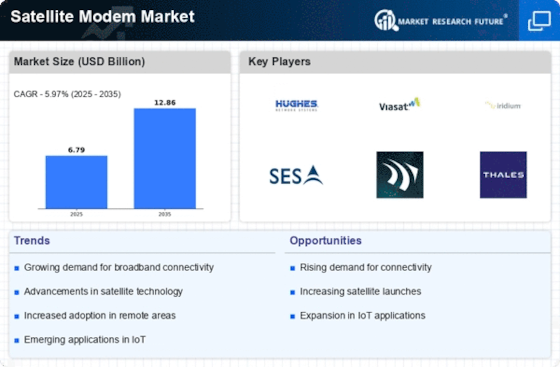
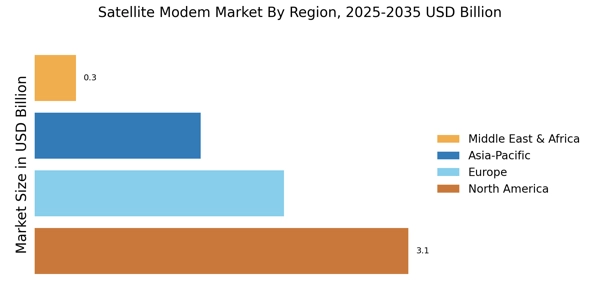
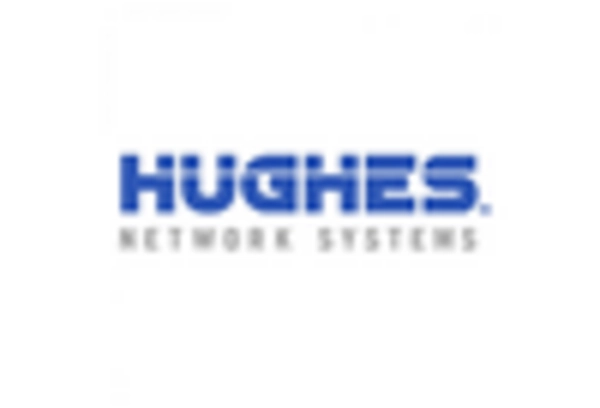

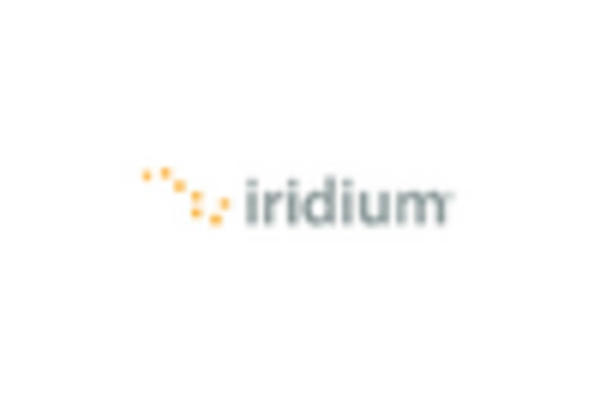
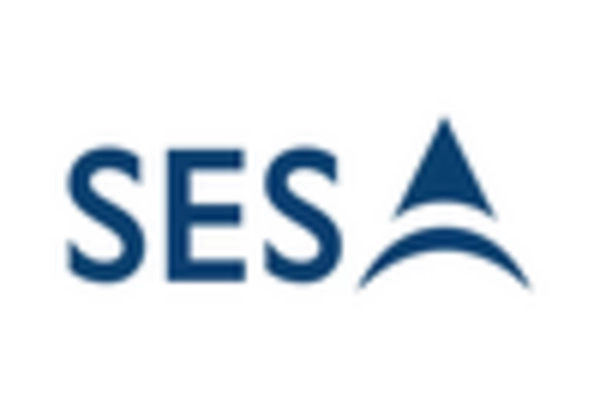

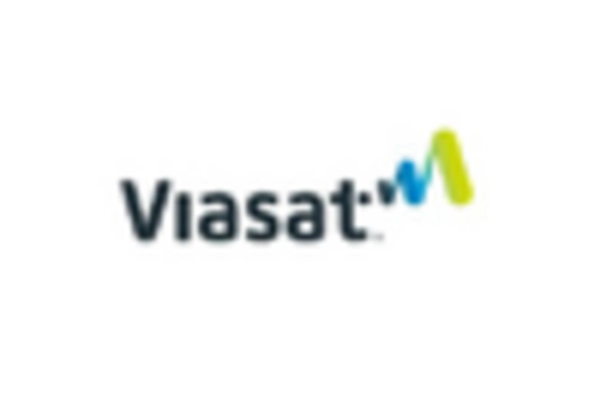








Leave a Comment